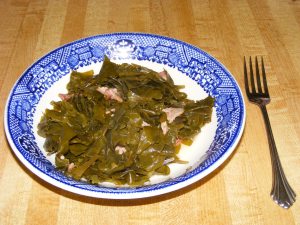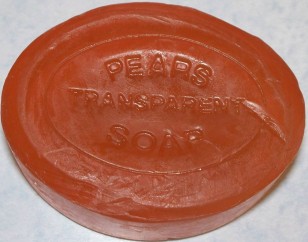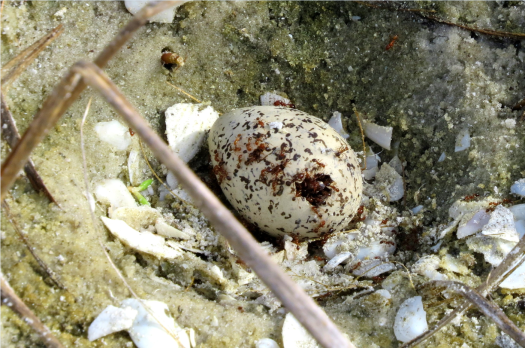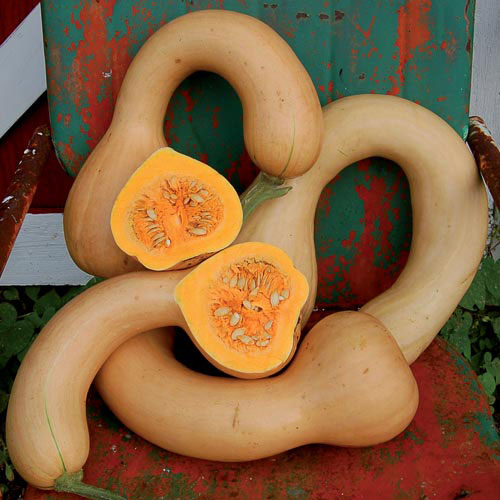Elderberries have been planted around farms and harvested for home use and for taking to market since the 18th century and probably much earlier. They are found wild throughout much of the country and have been used for generations to make various things, wine and cordial perhaps being the most common. Having planted elderberries recently and expecting a harvest in a couple of years I took a quick look at other ways to use them. Elderberry bushes reproduce easily so I hope as time goes by I get larger and larger harvests.

For those who want an alcoholic beverage but are hesitant to try their hand at wine making, I suggest starting with a cordial which is a very simple process.
While some 19th century cookbook authors were prejudiced against elderberries in favor of more refined fruits, others like Thomas De Voe preached their benefits. “These small, black berries are pleasant-tasted when ripe, and are brought to our markets to be used for various purposes. They make the Elder-paste, for the sick, which is considered excellent, Elderberry wine, a wholesome and agreeable beverage, sometimes used for making pies, etc., and when gathered while in flower make the Elder Flower Tea, etc. The bark makes an excellent ointment; in fact, the whole plant is much used in medicine. The berries are in season in the months of August and September.” 1867.
“The elderberry is one of the least known and appreciated of the berry family. In fact it is usually neglected for many less palatable and far less dietetic fruits…
Elderberries when properly prepared are very palatable and delicious, either in pies, jelly, as a spiced conserve or a household wine…If housewives will try any one of the following tried and tested recipes I think they will begin to appreciate this friend of the hedges…”. “Table Talk.” 1903.
A quick way to pick the small berries from the stem clusters is to place a half inch wire mesh over a large pan or bucket and gently pass the clusters back and forth along the wire. The berries will fall through the mesh into the container.

ELDERBERRY PIE.
Line a pie dish with paste, upon which sprinkle a scant tablespoonful of flour; to this add a half cupful of sugar and a half teaspoonful each of cloves and cinnamon, rubbing all together evenly. Upon this pour the berries, a pint more or less according to the size of your pie dish; pour over another half cupful of sugar, dot generously with butter, adding last one large tablespoonful of good vinegar. Apply top crust quickly and bake. “Table Talk”. Vol. 18. 1903.
ELDERBERRY JELLY.
Take equal parts of elderberries and wild grapes, and cook to extract juice, strain, and sugar in proportion of one pound to each pint of liquid, and cook as other jelly…
Elderberries are also combined with gooseberries, crab-apples, and green grapes, equal parts of either, making a piquant table sauce, while pies made from them might please the individual who does not care for the flavor of the single fruit.
For winter use elderberries may be preserved in either of the above combinations and treated as other fruit, or canned plain without sugar for use in pies only. When making pies from the plain canned fruit, it is wise to cook the berries with the same proportion of sugar, flour, etc., as given for fresh berries, filling the pie paste when cold. This insures a jelly-like consistency of the finished product without those unpalatable doughy lumps too often seen…” – “Table Talk”. Vol. 18. 1903.
ELDERBERRY SHORTCAKE.
Make the cake or biscuit dough rich and flaky, proportioning it with cream, egg and soda the same as for a strawberry shortcake…When baked, divide the upper from the lower crust and place upon each a layer of ripe stewed elderberries. It is known that elderberries have a somewhat rank taste when eaten from the bush. Pick them, look them over and wash them; next, put them in a granite or porcelain stew dish, add a very little hot water and cook them a few minutes or until stewed. Have as little juice as possible. Add a half teacupful of thick sweet cream to enough of the stewed berries for two layers. When the berries and cream are placed upon the cake, sprinkle over each layer plenty of granulated sugar, and the shortcake is then ready to be eaten. Do not add the cream to the berries until it is about time to have the cake brought to the table. Cream and sugar added to the berries destroy the disagreeable elderberry flavor and makes them rich and palatable. – “Table Talk”. 1903.
ELDERBERRY CONSERVE.
9 lb. elderberries, 3 lb. sugar, 1 pt. vinegar; cook until thick and seal. – “The Warren Cook Book”. 1920.
ELDERBERRY PIE.
Dilute Elderberry Conserve with water; add corn starch to thicken and put dots of butter on top (a little vinegar may be added if desired”. Very delicious. “The Warren Cook Book”.
DRIED ELDER FRUIT.
This fruit is very easily dried by spreading in pans under the stove or in the oven, and will make as good pies as though fresh, if they are soaked a few minutes in hot water before using. Some of our neighbors dry them by the bushel, for winter use”. – “The Ohio Cultivator”. Vol. 9. 1853.
ELDERBERRY DUMPLINGS.
Make the crust as usual and put in the berries as you would other fruit [like apple dumpling]. Boil them fast till the crust is done, then take them up and eat with a dip of white sugar and sour cream, and you will confess they are delicious. [Fruit dumplings can be baked as well].
Elderberries were made into a sauce similar to cranberry sauce. The Iowa State Horticultural Society recommended combining elderberries and rhubarb for a sauce [1910]. An article in “Everyday Housekeeping” said, “twenty years ago many families, by no means poor, during every year consumed gallons of this unsavory sauce, made by boiling elderberries in sorghum molasses. Jelly, too, made from elderberries and flavored with lemon, was accounted a delicacy.” 1900.
EDLERBERRY SOY. [Anchovies are used to flavor various sauces and once cooked and strained, there are no fishy pieces remaining in the product. The flavor blends with the other ingredients, and if made well, leaves no fishy taste. Modern tastes usually dictate using far less than older recipes call for. I suggest 1 small can, chopped, for this or the next recipe.]
One quart of elderberries; one quart of vinegar; a quarter of a pound of anchovies; a blade of mace; a little ginger, salt, and whole peppers. Pour a quart of boiling vinegar over a quart of elderberries, picked from the stalks and set it in a cool oven all night; then strain the liquor from the berries, and boil it up with the mace, ginger, salt, whole peppers, and the anchovies, until they are dissolved. When cold, put it into bottles after it has been strained, and cork it down. Some prefer the spice put into the bottles; but either way it is a good and not expensive soy. This was appreciated as a sauce for fish. – “Warne’s Model Cookery”. 1879.
ELDERBERRY CATSUP. [Note this recipe is similar to the one called soy.]
1 quart of elderberries; 1 quart of vinegar; 6 anchovies, soaked and pulled to pieces; half a teaspoonful mace; a pinch of ginger; 2 tablespoonfuls white sugar; 1 teaspoon salt; 1 tablespoonful whole peppers. Scald the vinegar and pour over the berries, which must be picked from the stalks and put into a large stone jar. Cover with…glass, and set in the hot sun two days. Strain off the liquor, and boil up with the other ingredients, stirring often, one hour, keeping covered unless while stirring. Let it cool; strain and bottle. This is used for flavoring brown gravies, soups, and ragouts, and stirred into browned butter, makes a good piquant sauce for broiled or baked fish.
FRUIT SAUCE.
Melt a small lump of butter, stir in half as much flour, or a quarter as much of corn-starch, arrowroot, or soaked tapioca, a pinch of salt, if the butter is not salted, a glass of acid wine or lemon juice, or a tablespoonful of vinegar; sugar to taste; any fruit juice you have, as raspberry, strawberry, blackberry, elderberry, or jam will do; thin to the right consistence; bring it to the boil and serve. Raspberry, and other fruit vinegars make excellent sauces”. [There is no right and wrong with this recipe – it is thickened as much or as little as the cook desires, and made as sweet or not as is wanted]. “How to Cook”. 1872.
ELDERBERRY PUDDING.
1 cup sugar, 1 cup sweet milk, 2 teaspoons baking powder, butter size of an egg, enough flour to make stiffer than cake dough. Put in baking dish, then mix the following: 1 ½ cups elderberries (any fruit may be used) 1 cup sugar, 2 cups boiling water, small piece of butter. Pour this over batter in pudding dish and place in oven. Bake ¾ hour. [This could be called cobbler].
ELDER-FLOWER PANCAKES AND JUNKET. “Fruit Recipes”.
The finest flowers of the elder blossoms, stripped, may be whipped lightly into pancakes or muffins just before baking, a half-cupful to each “batch” of ordinary quantity. This gives both lightness and flavor. A plain junket should have added one-fourth part flowers to quantity of cream or milk used. [Ripe berries may be added to muffins or cakes as one would raisins.]
ELDERBERRY SYRUP TO FLAVOR DRINKS.
Use strained elderberry juice and sugar in a ratio of 1 to 1 (half and half). Flavor as desired with lemon juice, or cinnamon stick. Bring to a boil and then simmer five minutes. This may be canned for keeping, or small quantities may be kept in the refrigerator. To serve, mix syrup to taste in cold club soda or lemon-lime soda and serve over ice.
Note: While the images may look like poke, elderberry grows on a bush much different in appearance. Know what you’re picking before consuming any wild plant. I leave you with my favorite parting, Blissful Meals Yall©. Enjoy your wild and garden bounty. – Vickie Brady, The Historic Foodie.



























